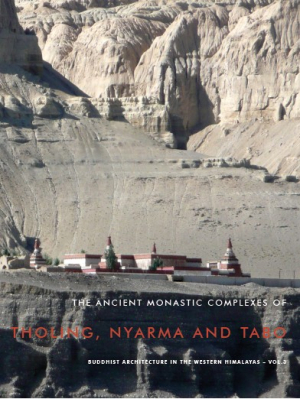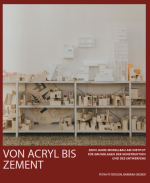The third volume of the series entitled “Buddhist Architecture of the Western Himalayas” presents the monuments of the monasteries in Tholing, Nyarma and Tabo. These three monasteries were founded from the turn of the 10th to the 11th century and are a decisive testimony to the early development of the Kingdom of Guge.
Tholing is located in the Ngari province of Western Tibet, near the border to India, and was the main monastery of the Kingdom of Guge because of its secular and religious importance. Nyarma is located in the wide plain of the Upper Indus River valley in Ladakh. Tabo monastery is located in the Spiti Valley of Himachal Pradesh, just 150 kilometres northwest of Tholing. While only an impressive field of ruins reminds visitors of Nyarma’s former monastery complex, and some monuments in Tholing broke down during the Cultural Revolution, Tabo is the only one of these three monasteries to have been used without interruption to this day.
With contributions by Birgit Androschin, Carmen Auer, Yannick Laurent and Holger Neuwirth. Double Peer Reviewed by Niels Gutschow and Rob Linrothe, commissioned by TU Graz University Press.
Niels Gutschow: “Die TU Graz darf sich glücklich schätzen, einem Team über Jahre hinweg die Möglichkeit gegeben zu haben, in Ladakh, Spiti und im westlichen Tibet zu arbeiten. Die Ergebnisse sind für die Bau- und Kulturgeschichte der Himalaya Region von unschätzbarem Wert.”
Rob Linrothe: “The book is a granular study of the remains based on detailed observations made on-site, through extensive photographic and other archival documentation in some cases going back nearly a century and a quarter. Each site is meticulously “reconstructed” virtually, allowing for multifaceted examination of site, structure, materials, scale, orientation, and relationship with other later buildings at each site, enclosing walls, as well as comparisons among these and other early sites.”








